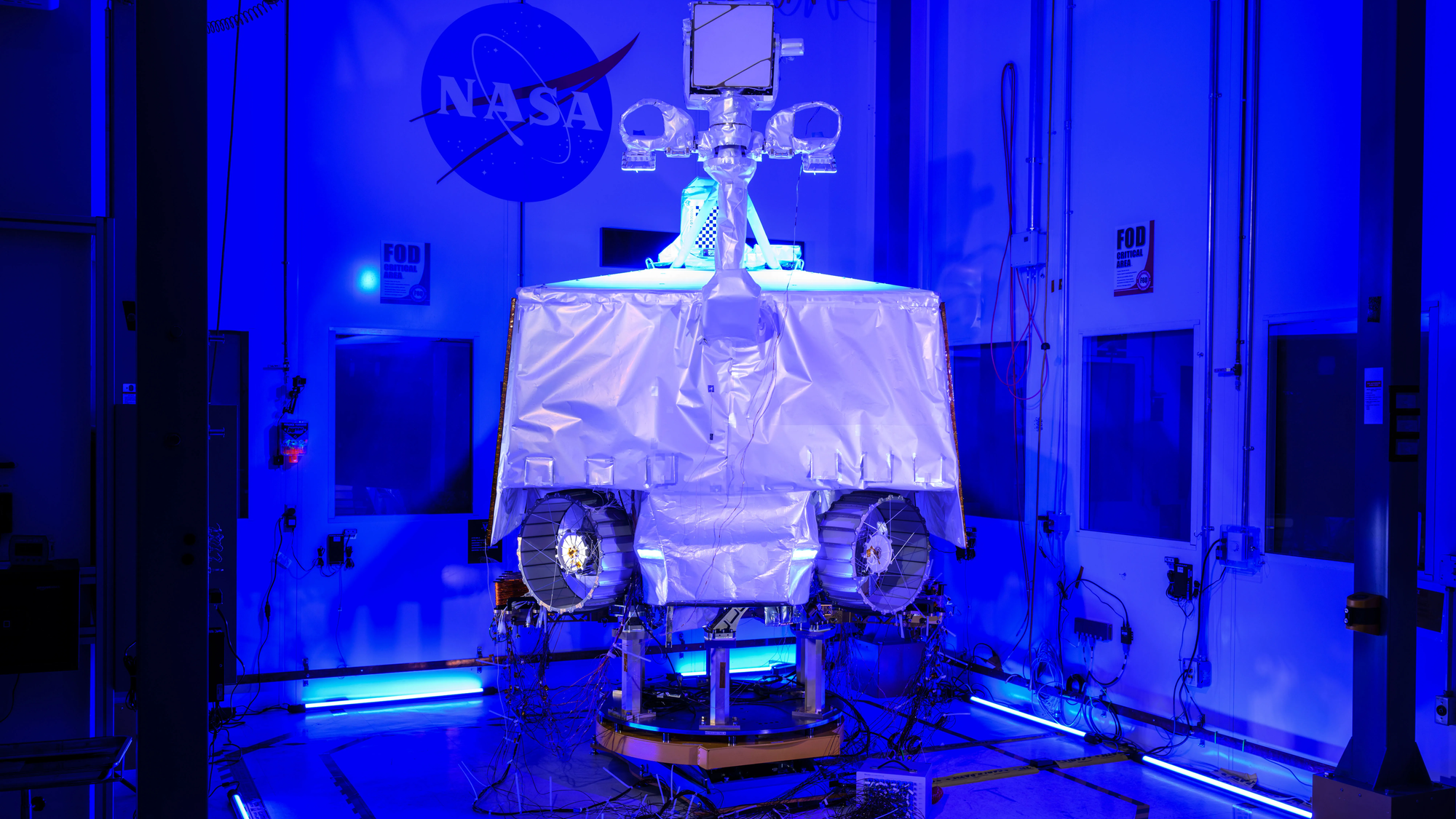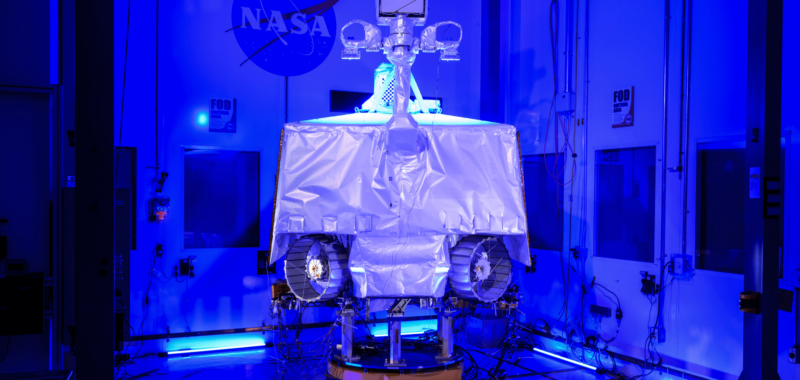
Back in November 2019, NASA announced plans to send a new rover to the moon. After nearly 5 years and multiple delays, however, it seems Volatiles Investigating Polar Exploration Rover (VIPER) won’t be launching at all.VIPER was originally planned to land in late 2022 with a mission to search for water at the moon’s south pole. The launch was first delayed until late 2023 and then again until late 2024. As of this week, NASA announced that the project has officially been canceled, citing “cost increases, delays to the launch date, and the risks of future cost growth” as its reasons.
The cancellation of VIPER represents the latest chapter in the rocky history of NASA’s attempts to survey the moon’s polar resources. VIPER was originally planned as a replacement for the Resource Prospector rover, another remotely operated vehicle designed to search for water and other volatile substances in the lunar polar regions. That project was canceled in April 2018 while still in its preliminary stages, with the agency describing it as “too limited in scope for the agency’s expanded lunar exploration focus.”
[Related: NASA beamed Missy Elliott’s ‘The Rain (Supa Dupa Fly)’ to her favorite planet.]
The presence of water on the moon has been theorized for centuries, and hard evidence of ice in the lunar polar regions arrived in 2018 with the analysis of data provided by NASA’s Moon Mineralogy Mapper. Exactly how much water is present, however, remains unclear. NASA then set out to answer this question, first with Resource Prospector and then with VIPER; the cancellation of the latter means that the answer to this question will have to wait at least somewhat longer.
When Resource Prospector was canceled, NASA promised to “evolve [that project] to fit into its broader exploration strategy.” The result was VIPER. Until this week, VIPER seemed to be a critical part of the agency’s lunar exploration strategy; its maps were seen as critical for establishing a lasting presence on the moon.
Instead of mapping the moon’s south pole, VIPER now appears destined for the same fate as Resource Prospector. NASA is again promising to reuse the rover’s instruments in future missions—unless it gets a good offer for them, because the agency is also open to providing the rover to “industry and international partners”.
[Related: There really are moon lava tunnels—and humans may live in them one day.]
At least one of the reasons for VIPER’s delays was that the Griffin lander that was to convey the rover to the moon—manufactured by Pittsburgh-based company Astrobotic—required additional testing before being used in the field. Astrobotic won the contract to manufacture the lander via NASA’s Commercial Lunar Payload Services (CLPS) program, which allows companies to bid on delivering NASA payloads to the moon, and the risk of cancellation or disruption to CLPS is cited as a factor in the cancellation of VIPER.
Despite this, NASA insists its lunar exploration program remains very much a priority; in particular, the agency highlights the role of the Polar Resources Ice Mining Experiment-1 (PRIME-1), which is scheduled to land on the moon’s south pole later this year. Nevertheless, the announcement has drawn criticism, with The New York Times noting acidly that “NASA will spend about $800 million to not send a robotic rover to the moon.”

